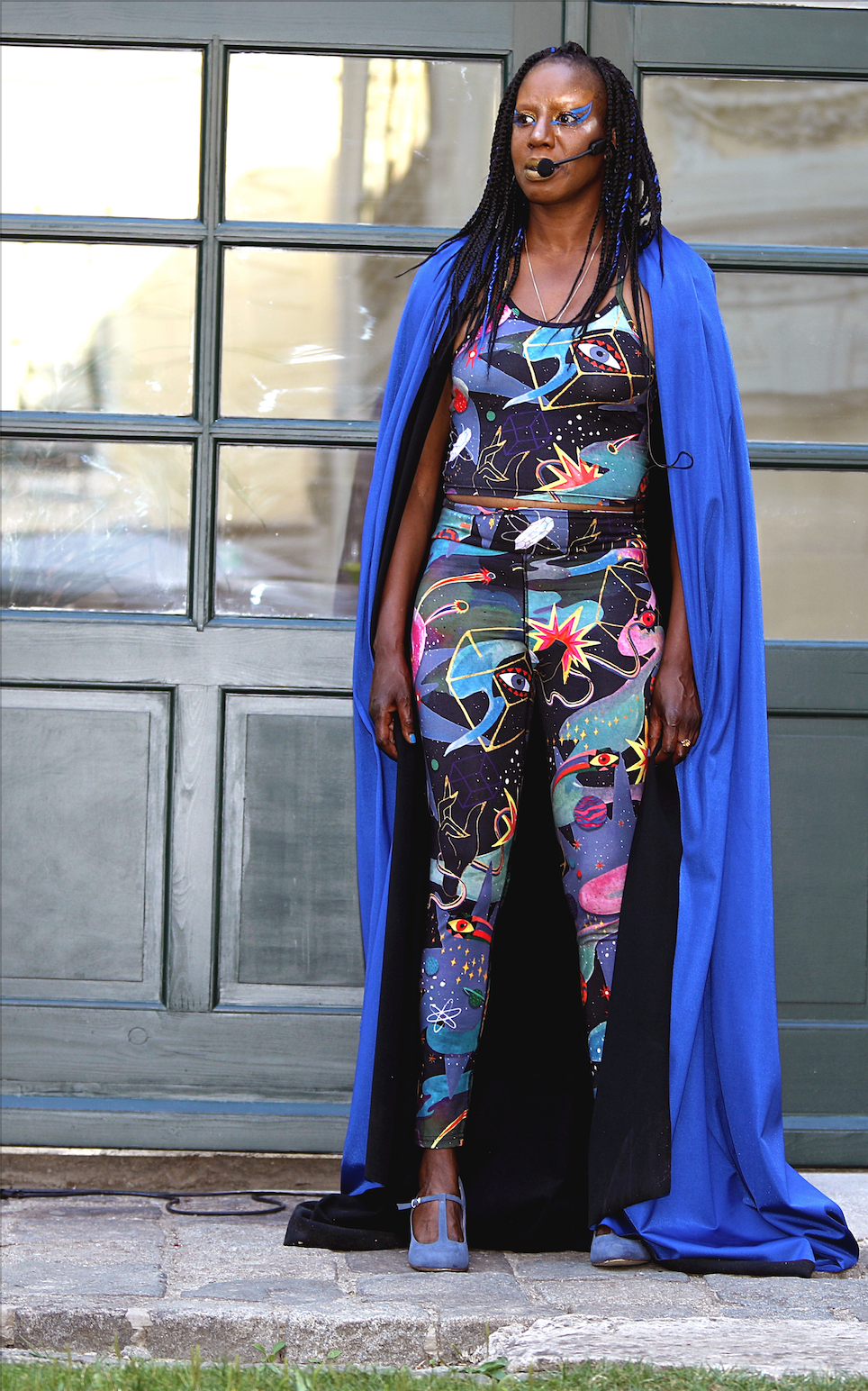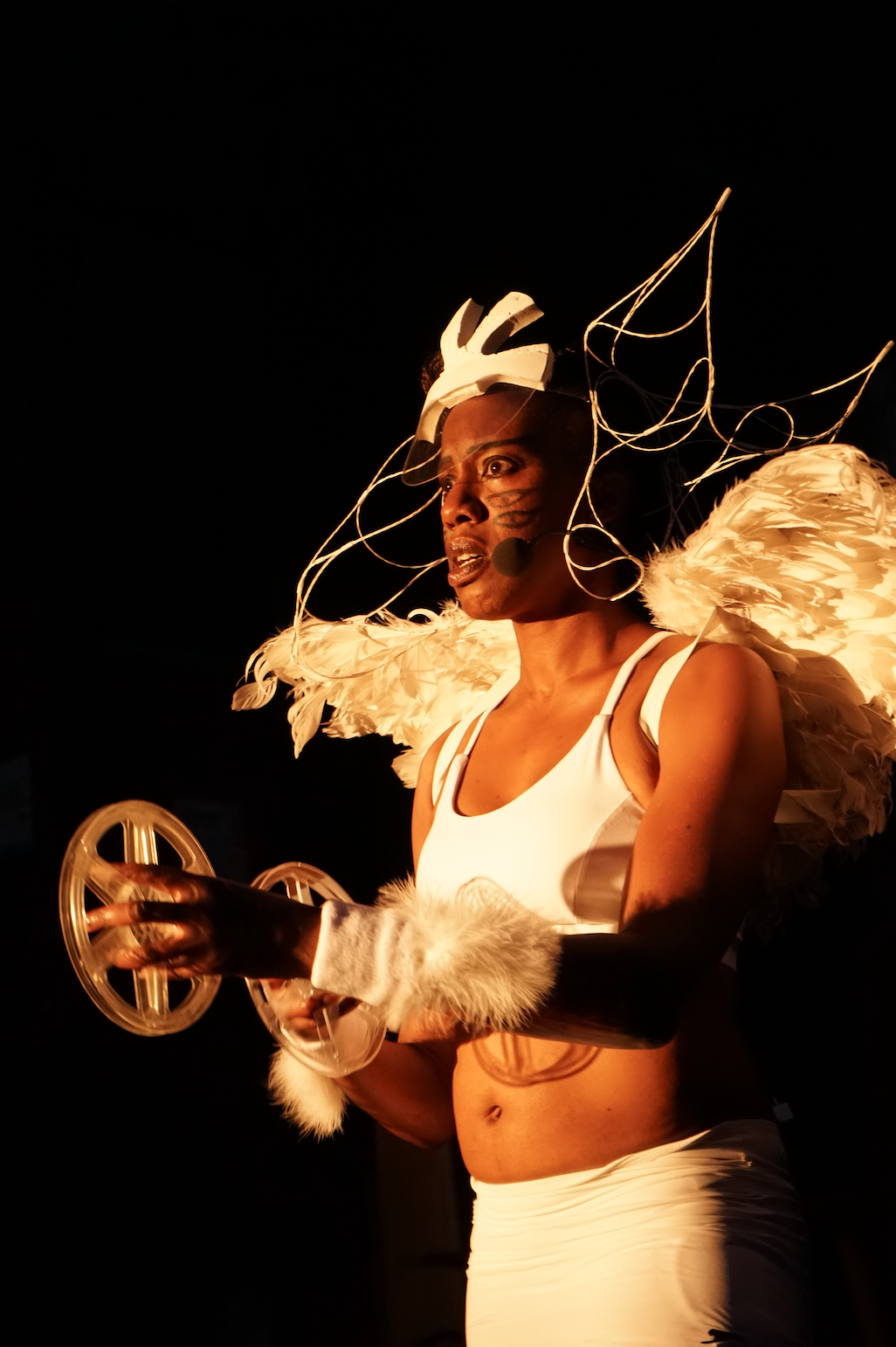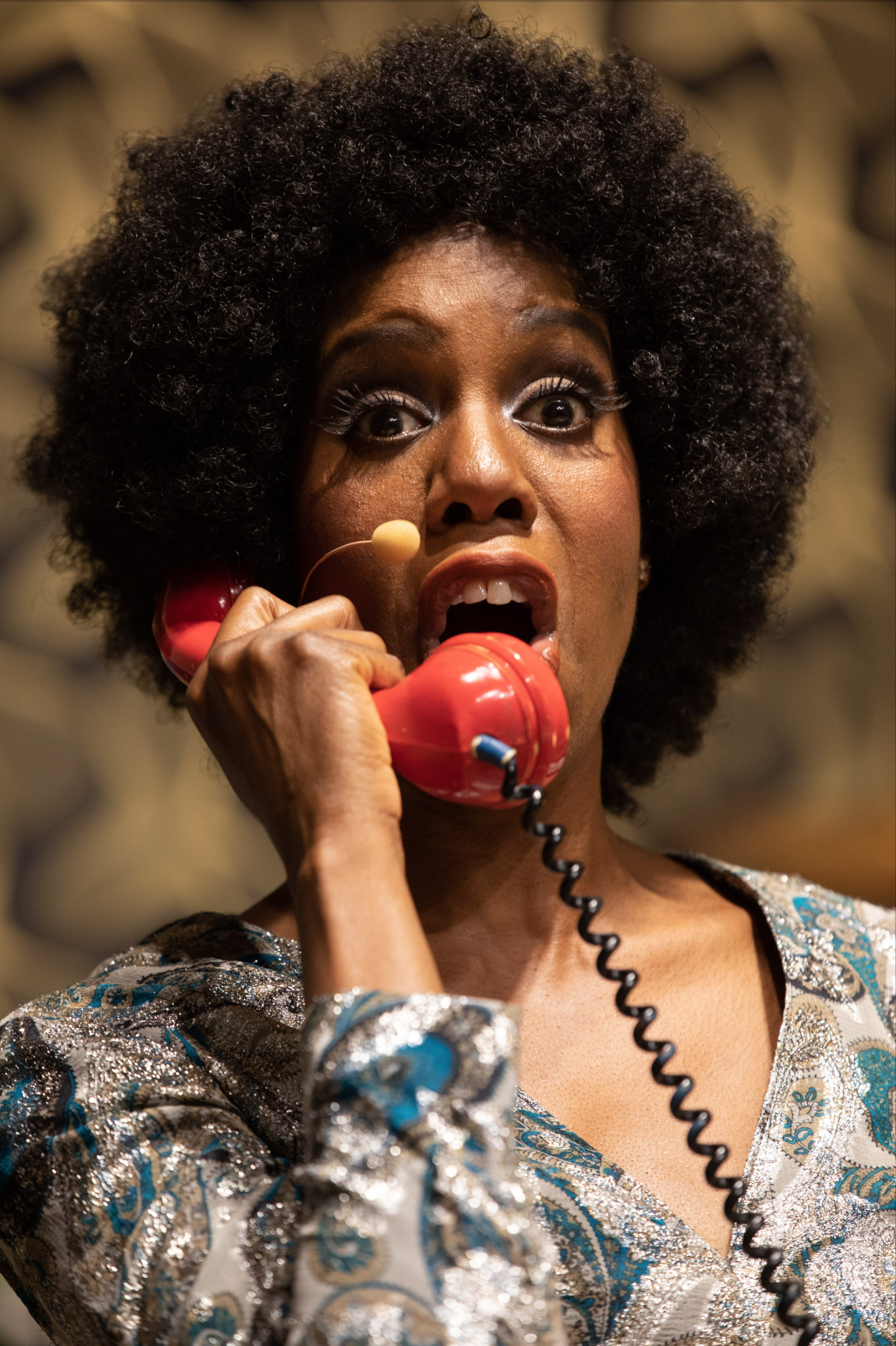Empathy – Narcissism’s Antipathy
Georg Schöllhammer in conversation with Helena Eribenne

Helena Eribenne, When Time Has Flown…, 2021, Kulturen in Bewegung & Unesco at Volkskundemuseum, Vienna, Austria, photo by Tanya Kayhan/Helena Eribenne
Georg Schöllhammer: What is your approach to the thematic framework of the project We Are All Emotional?
Helena Eribenne: I’ve been reading about it a lot in the past year because I do consider myself an empath. It’s a certain frame of mind and a certain position that you have in relationships, and it’s a certain sensitivity and willingness to be vulnerable in circumstances that most people do not want to find themselves in. That causes a person to suffer more than the average person would allow. So you kind of take a different set of approaches to relationships, I think. It is really exciting that you’re interviewing me on this subject because I was just starting to look at it last year. A very special part of my PhD is being mined for this project, and it is about the mirror, the star, and her image.
Georg: What is your PhD about?
Helena: My PhD is about self-destructive female icons. It’s about seven iconic women, for example, Whitney Houston, Princess Diana, Amy Winehouse, Marilyn Monroe, and Romy Schneider. It’s a study, a kind of performative view on the processes that they go through, partly through psychological analysis, but mainly through picture analysis using art historical methodologies. There is an aspect in my PhD where I discuss the mirror because the mirror is very important to women in particular.
Georg: Very tragic figures.
Helena: Absolutely. I was just saying to a friend the other day that life is like finding creative ways to slowly kill yourself, because when people get sick, they are surprised, although their behavior and patterns and thoughts and their heart and spirit are the clues to how they’re feeling. Smoking is a slow suicide, for example. But I’ve been working on this subject for quite a long time. It’s in my photographic practice and also my video practice. There is an element of it in my performances as well, such as the elements of time travel and things that travel through time, such as images or gestures. Aby Warburg, who was an early twentieth-century art historian, talked a lot about this. John Berger wrote about it as well in his book Ways of Seeing – how all these symbols became iconic, and so I include them in my dissertation. But in my performances, I create certain characters, and then I work on the subject of the possibility of travelling back and forth through time – the past, the present, the future, and the possibility of timelessness.
Georg: So, these characters would somehow be space shifters, form shifters, through histories that you are creating? And the gestures would be things that travel alone themselves and are adapted by people again?

Helena Eribenne, Killing Time, 2020, Lendhafen, Carinthia, Austria, photo by Andrea Hladky
Georg: Yes, for sure. But going deeper into that subject – what is the narrative that has evolved from that research?
Helena: There are so many different elements. I’m just wondering why these women do what they did – why do we have this kind of iconography? How did we get here? How is it that some people fit this kind of expectation of a particular type of image and a particular type of charisma and a particular type of star? It’s something that you can’t really engineer or fabricate. In a way, it seems that some people are born to be stars, but that self-destructive thing is something that I think is more of a public sacrifice. There is a combination of having a major talent and being a high-profile public person and the self-destructive thing comes later on. Also, a certain level of fame can reveal low self-esteem. So, if someone is just an ordinary person, and then they become very famous, it can uncover a certain vulnerability and lack of self-esteem which some artists might attempt to cover up with drink and drugs. That can lead to addiction and self-destruction, can’t it? I don’t think that self-destruction is consciously chosen, but because there is that vulnerability in the first place, coupled with fame on that high level, it can then become a train wreck scenario.
Georg: And how do you intend to describe those scenarios of women?
Helena: I can only make pictorial biographies. I can’t write things about a person as fact, but rather I do it through picture analysis. Each chapter has a dialectical picture analysis, and I basically have a thesis that each of these self-destructive female icons are successors to the goddesses Aphrodite or Venus. Each chapter has a different picture of one of these self-destructive female icons together with a painting from the Renaissance or a sculpture of Venus, and then I put them together and compare the iconography and symbols. I basically just analyse the pictures and see how they are similar to one another, even though at first glance, you don’t see it. And none of the pictures of these women, none of the photos of these women or the paintings of Venus you would typically think of selecting, but through picture analysis and through iconography and iconology, you can see how these women’s roles are related to the worship of Venus. So, it’s quite interesting research for me, and I’m quite excited about it. I’m also going into history, such as to see where all this madness about blondeness come from and to look beyond the Hollywood blonde. Then reading about how Hollywood was started up by migrant Jews because they couldn’t get any work at existing studios in New York, for example, so they set up their own companies. Paradoxically, because of the persecution that they received, they promoted the idea of the blonde during the second world war – because they wanted to deflect attention away from themselves. They helped promote this Aryan white supremacist image in Hollywood to take attention away from their Jewishness. They wanted to blend in as much as possible. Everywhere they went, they were persecuted. Even in America, it was very difficult.

Helena Eribenne, H13 Lower Austria Prize For Performance - Woman to Woman II, 2019, Kunstraum Niederösterreich, Vienna, Austria, photo by Lorenz Seidler (© Esel.at)
Georg: How do you work the mirror into your performative practice? Or are they like two different fields – your artistic practice and your research practice?
Helena: I’ve been doing my research practice for quite a while, but I think it is an integrated process. You don’t always know in the beginning how they’ll all connect. It takes some time, it takes some research, and then you can see things a little bit more clearly than you did five years ago or two years ago. You think – okay, I’ll keep going down this road, I’m doing photography, and I’m doing my performances, I’m making films, I’m doing my PhD – It seems like I’m doing so many different things, and I’m all over the place, but actually, as I go along, I really see how they connect. I think, with my research, I will try and find more connections or uncover more possibilities to look at time travel or non-linear time and its concept. I only recently found out that my PhD supervisor – Professor Eva Kernbauer at the University of Applied Arts in Vienna – that her own research is about non-linear time too. So, there are quite a few similarities between us. And in my performances, I’m trying to talk about or discuss the idea of the possibility of transcending time as we know it. To actually live it!
Georg: So, we can say time – be it historical, be it astronomical, be it the time of memory, be it the time of interrupted times – is the thematical key in your work?
Helena: Yes. I’m researching quantum physics – the speed of light, for example – and how to incorporate it into my practice as well. Just some real facts rather than being completely science fiction.
Georg: Let’s talk a bit about what you have in mind for your Prague performance.
Helena: I’m really excited about that because it’s an element from my PhD – this idea of the empath and the narcissist. It’s just going to be such a crazy play. I really can’t wait to see it. I just hope people will find it engaging.
Georg: What’s the general idea?
Helena: I don’t want to give too much away, but it’s a two-person show. In 2016, I wrote, directed, and acted in a play called When The World Comes To An End, Move To Vienna... Because Everything Happens There 20 Years Later!, and the stage design wasn’t possible for the set designer that I had, but what I really wanted was for there to be a mirror on stage the whole time that you could move around... Some of the things under discussion in the play were about being black in Vienna... I wanted to be able to then turn the mirror around so that the audience could see themselves as we talked about prejudices. The two characters – one from New York, one from London – meet in Vienna in a hair salon. Over time, they start looking more and more alike, and in the end, they would be wearing the same outfit, the same 1970s afro wig, and they would be standing on either side of the mirror. I wanted the mirror to have a sliding glass, so that while they stood on either side looking at each other, it was also a mirror image, so they could walk through the frame and swap places. I’m putting some of these elements into this play, but it is with the narcissist on one side of the mirror and the empath on the other side of the mirror. Which one is the reflection? And which on is the real person? Which one is the doppelgänger? Or which one is the double? And which one is in control?
It is going to be interesting because the empath is a singer, a star, and then she has her mirror reflection take control, and how does she regain control? It will be really dramatic, I hope.